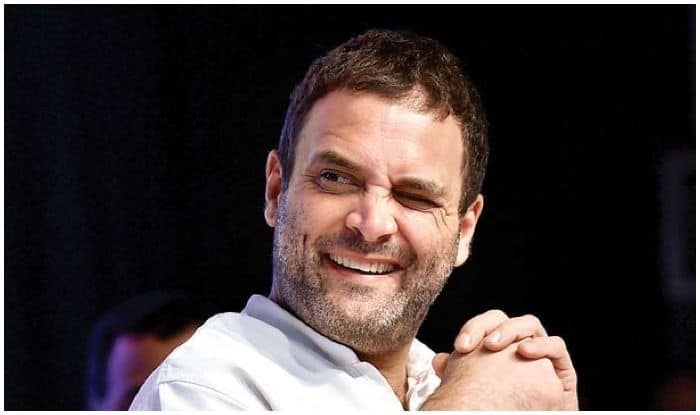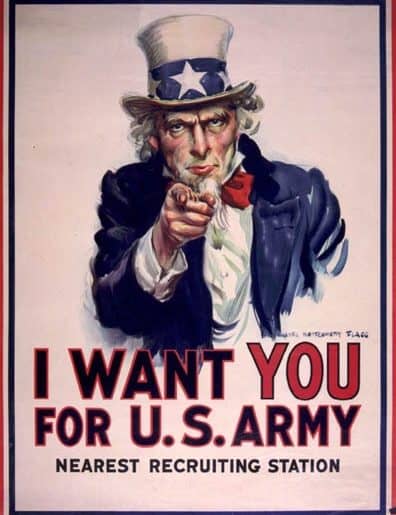A ‘what if’ scenario imagining politicians as DU students.
The great leaders of tomorrow are made in the great educational institutions of today. So, for satire’s sake, we tried thinking how it would be to place some eminent politicians of our nation as students in some eminent colleges of the University of Delhi. The results have been weirdly amusing, to say the least.
Manmohan Singh: He is the studious student who has it all sorted out. You can find him on the front seat with thick lenses focused on the words in his books, and the words on the blackboard. He arrives in class, studies diligently, and goes back home without anyone detecting a trace of his existence, as he hardly utters a word. He belongs to the species of nerds but finds it tacky to show off his knowledge.
Preferred course- Economics, Political Science, and Philosophy.
Preferred college- SRCC, Hindu, Hansraj
Assaudin Owaisi: He is the one kid in college who can’t live without using his vocal cords to the maximum of their capability. The troublemaker student, he will always find himself in some sort of pickle, be it with the fellow students or the administration. Despite this rebellious attitude, you cannot expect him to align himself with one particular faction or group. Therefore, he also falls in the category of those students whose friend circle keeps changing every college year, not implying that he is a snake (saap in classic DU terms).
Preferred course- Political Science, Law
Preferred college- Ramjas, Law Faculty
Maneka Gandhi: She is the classic feminist University of Delhi girl. You can find her tactfully expressing her opinions against misogyny and patriarchy through her carefully chosen words. Apart from issues related to women, she is be expected to show up at any/all protests surrounding threats made to the members of the DU fraternity face, with the venue, mostly being the classic Faculty of Arts. Mess with this student and you might end up paying a hefty price.
Preferred course- Sociology
Preferred college- LSR, Miranda House
Shashi Tharoor: He is known for his good grades, good looks, self-confidence, and charm, used to impress all the girls in the college; Shashi Tharoor easily falls within the bracket of students who have it all. He is usually self-obsessed and narcissistic in order to maintain his image, especially in the way he arranges his hair or the bourgeoisie language he uses. As mentioned previously, he is the Casanova of the college and is likely to have a girlfriend who meets his intellectual capabilities. However, when two intellectuals are together, a clash of opinions is inevitable.
Preferred course- English, Philosophy
Preferred college- St. Stephen’s (isn’t that obvious?)
Lalu Prasad Yadav: Our classic Bihari babu is an expert at everything pertaining to cattle and fodder, but, don’t underestimate him “inki girlfriend Rabri Vidhayak hain”. He is the kid that questions the teacher and mimics him behind his back for the sake of entertaining the whole class. He helped us understand the value of friendships in college; he says ‘I thought Nitish babu was my friend in the first year, but by the third year I realised he is a snake in lieu with that CR Modi’. No one ever trusts him with money as he always says it’s for his cows back home, but never returns it.
Preferred course and college – “arrey bhaiya kuch bhi dedo bas DU main le lo”
Yogi Adityanath: Hailing straight from Uttar Pradesh, this bhakt of Ram is the most religious kid on campus, with a passion for ‘renaming things’. As a result of this, Jackson from class became Jai kishan! He’s always dressed in orange, a unique dress code that seems to be the fashion of the days. Don’t underestimate him by his size because he beats (quite literally) everyone in his love for the cow. He is a fresher to the college but has already made his presence felt everywhere.
Preferred course – B.Sc. mathematics
Preferred college – Hindu college
Rahul Gandhi: The baba himself, though it is too early for him to go to college, his mother still comes to drop him off. You can never spot him in class as he is most likely to be sitting somewhere doodling, or staring into space. No one takes him seriously even after he became the CR. People from the other class joke about him on their class Whatsapp groups. He is following family suit in standing for college elections, but honestly, he just wants to sit at home and watch Shinchan. However, he is surrounded by a lot of seniors who are saving him from trouble, but until when?
Preferred Course – whatever Mom says
Preferred college – St. Stephens (is home tuition still an option in college?)
Feature Image Credits: India.com
Shaurya Singh Thapa















